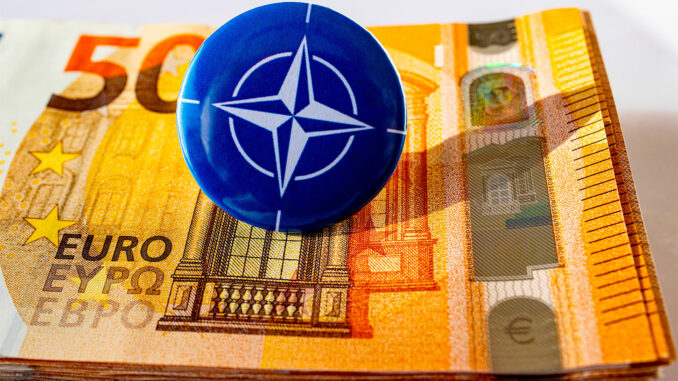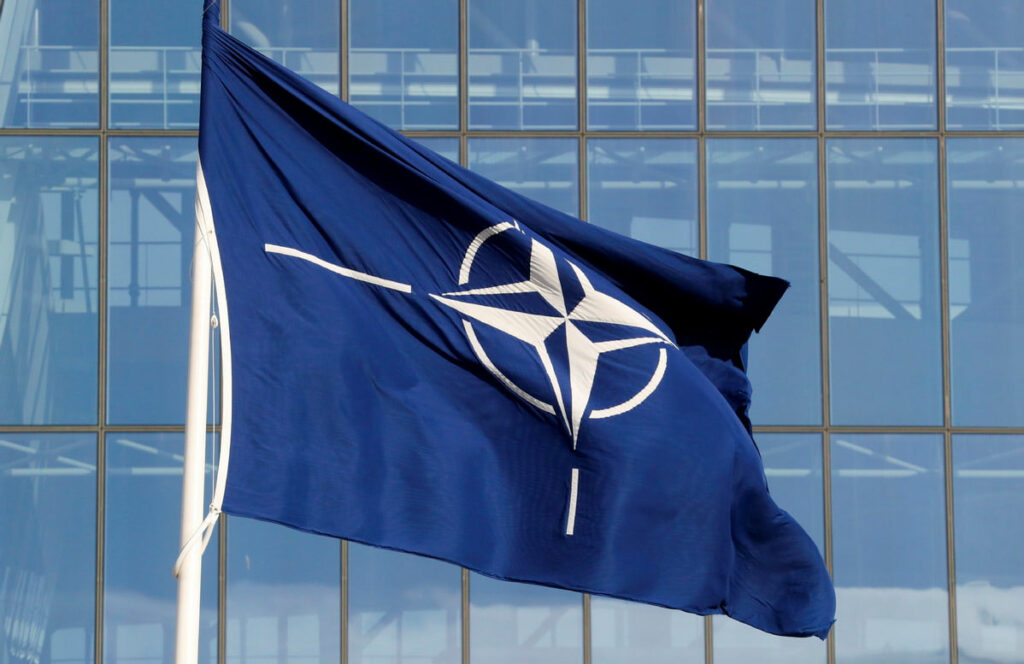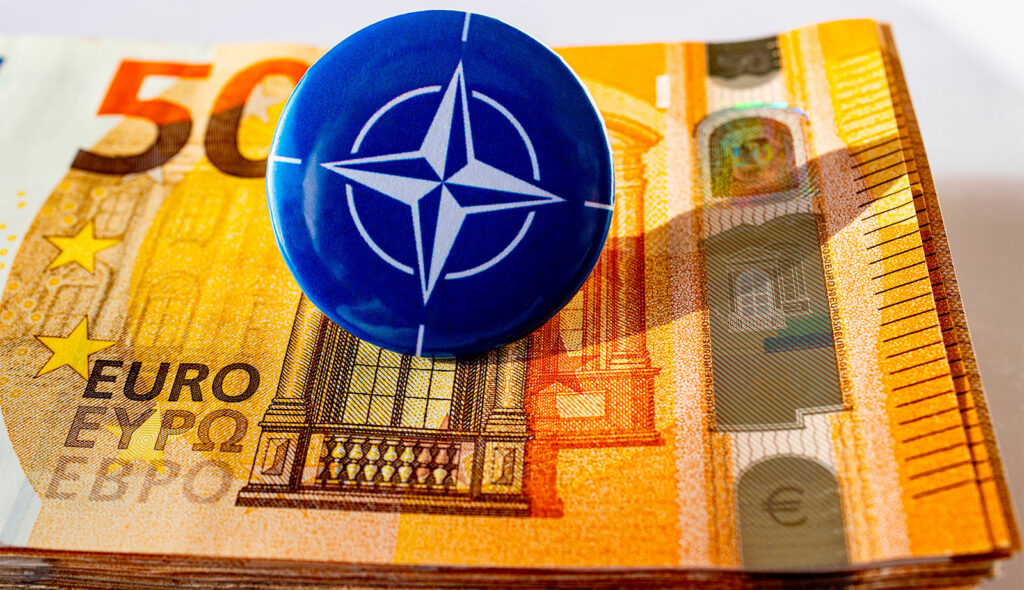
The United States is reducing its role in NATO, pushing Europe to strengthen its defense capabilities in the face of a militarized Russia.
The United States, faced with strategic challenges in Asia, is reorienting its military priorities and asking its European allies to take greater responsibility for their own security. This development comes at a time when Russia is significantly increasing its defense budget, reaching levels not seen since the Cold War. In this context, European NATO member countries are being encouraged to increase their military spending to face growing threats. However, disparities remain between the commitments made and budgetary realities, raising the question of Europe’s ability to ensure its own defense without the predominant support of the United States.

The United States reorients its military strategy towards Asia
For several years, the United States has been expressing its desire to see European NATO countries assume a greater share of their own defense. This position has been strengthened by the rise of tensions in Asia, particularly in the South China Sea and around Taiwan. As a result, Washington is redirecting its military resources to this region, thus reducing its commitment in Europe.
This strategic development is taking place in a context where the United States is devoting around 3.38% of its GDP to defense, i.e. nearly 970 billion dollars in 2024, representing around two thirds of NATO’s total expenditure. By comparison, the European countries that are members of NATO collectively spend around 452 billion dollars, with individual contributions varying significantly.
The gradual disengagement of the United States is forcing European countries to reconsider their dependence on American military power and to strengthen their own defense capabilities to guarantee their collective security.
The growing militarization of Russia
In parallel with the strategic repositioning of the United States, Russia is intensifying its militarization. The Russian defense budget for 2025 is estimated at around 126 billion dollars, or more than 6% of the national GDP, a level not seen since the end of the Cold War. This significant increase reflects the Kremlin’s desire to strengthen its military capabilities, particularly in the context of the conflict in Ukraine.
Since the invasion of Ukraine in 2022, Russia has steadily increased its military spending, with a 30% increase planned for 2025. This militarization is accompanied by an increase in the number of personnel, with a target of 1.5 million soldiers, or about 1 in every 50 Russian workers.
This shift towards a war economy has repercussions for the Russian population, which is faced with a reallocation of national resources to the detriment of other sectors such as health or education. Nevertheless, the government justifies these choices by the need to defend the country against what it presents as a Western threat.
Disparities in defense spending in Europe
Faced with rising tensions and American disengagement, European NATO countries are being encouraged to increase their military spending. However, significant disparities remain between Member States. In 2024, Poland will spend 4.12% of its GDP on defense, Estonia 3.43%, while Germany and Spain remain below the 2% target, with 1.5% and 1.3% respectively.
France, meanwhile, has reached the target of 2% of GDP, but President Emmanuel Macron recently called for this effort to be increased to 3-3.5% to meet current security challenges. This proposal is part of a broader desire to strengthen Europe’s strategic autonomy in defense matters.
Despite these initiatives, funding these budget increases remains a challenge. Discussions are ongoing within the European Union to explore solutions such as issuing defense-dedicated Eurobonds, although some countries, such as Germany, express reservations about this approach.

The implications for European security
The gradual disengagement of the United States from NATO and the increased militarization of Russia mean that Europe must strengthen its own security. This situation raises several questions:
- Industrial capacity: European defense industries must increase their production to meet the growing demand for military equipment.
- Cooperation between Member States: Enhanced coordination is necessary to avoid duplication and optimize available resources.
Political and social acceptance: Governments must obtain the support of their populations to justify increased military spending, which can be tricky in a tense economic context.
Europe is facing a major strategic turning point. The ability of European countries to adapt to this new reality will determine their ability to guarantee their security without relying excessively on American support.
War Wings Daily is an independant magazine.